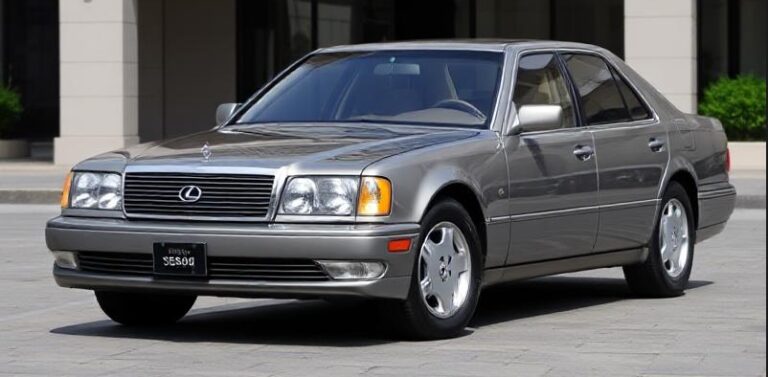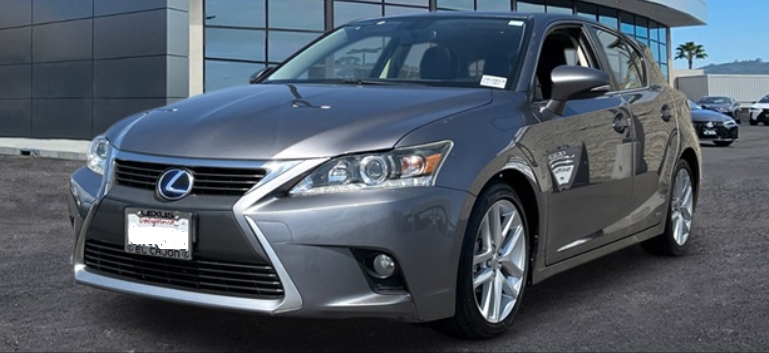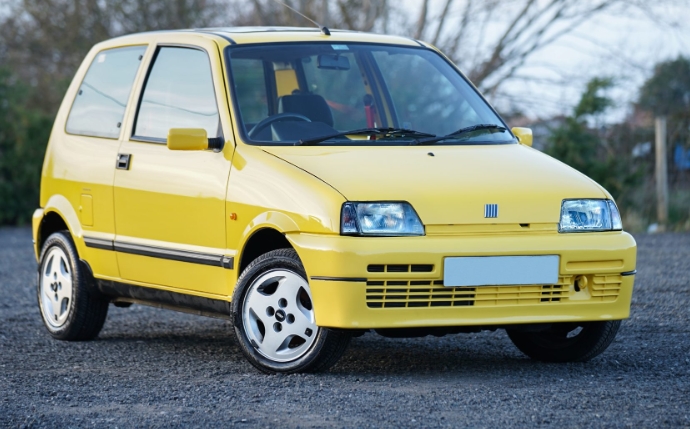The Evolution of the Ford Flex
The Ford Flex stands out as a distinctive midsize SUV that combined unique styling, versatility, and comfort since its debut. Launched as a bold alternative in the SUV market, the Flex was produced from 2009 through 2019. Over its decade-long history, it underwent various updates, trim level offerings, and facelifts, reflecting Ford’s commitment to blending style and practicality.
Introduction and Production Timeline
First Generation (2009–2019):
- Introduction: The Ford Flex was introduced in 2008 as a 2009 model year vehicle. Its distinctive, boxy design drew inspiration from classic station wagons and aimed to appeal to families seeking a spacious, yet stylish SUV.
- Production End: Ford announced the discontinuation of the Flex after the 2019 model year, with manufacturing concluding in late 2018. The vehicle was phased out in North America primarily due to shifting market trends favoring crossovers over traditional SUVs and the increased focus on electric and hybrid vehicles.
Development and Design Philosophy
The Flex’s design emphasized a retro-modern aesthetic, characterized by its rectangular shape, prominent grille, and spacious interior. Built on Ford’s D3 platform (shared with the Ford Taurus and Lincoln MKT), the Flex was engineered to provide a car-like ride with the utility of an SUV.
Model Years and Major Updates
2009 Model Year (Launch):
- Introduction: The Flex was introduced at the 2008 North American International Auto Show.
- Features: Launched with a standard 3.5-liter V6 engine, front-wheel drive, and available all-wheel drive. It offered seating for up to seven passengers.
- Trim Levels: Initially, the Flex was available in SE, SEL, and Limited trims.
2010 Model Year:
- Updates: Minor changes, including new wheel designs and interior refinements.
- Features: Introduction of the MyFord Touch infotainment system as an option.
- Trim Levels: Continued with SE, SEL, and Limited trims.
2011 Model Year:
- Mid-Cycle Refresh: Significant styling updates included a new grille, headlights, taillights, and interior enhancements.
- Powertrain: Introduction of a new 3.5-liter EcoBoost V6 engine in the Limited trim, offering increased power and fuel efficiency.
- Trim Levels: The lineup remained similar, with SE, SEL, and Limited. The EcoBoost engine was optional on SEL and standard on Limited.
2012 Model Year:
- Features: Introduction of a new, more refined interior and additional safety features such as blind-spot monitoring and rear cross-traffic alert.
- Trim Levels: Continued with SE, SEL, and Limited.
2013 Model Year:
- Refresh: Minor styling tweaks, including a new grille and wheel designs.
- Technology: Available Sony audio system and MyFord Touch upgraded.
- Trim Levels: Same as previous years.
2014 Model Year:
- Updates: Introduction of the new Titanium trim, positioned above Limited, offering more luxury features.
- Powertrain: Continued with the 3.5-liter V6 and EcoBoost options.
- Features: Enhanced safety and technology options.
2015 Model Year:
- Special Editions: Launch of the “Flex SE Sport Appearance Package” and other appearance packages.
- Powertrain: The 3.5-liter V6 remained standard; EcoBoost available.
- Trim Levels: SE, SEL, Limited, and Titanium.
2016 Model Year:
- Mid-Cycle Refresh: The Flex received a significant facelift with a new front grille, revised headlights, taillights, and interior design updates.
- Technology: New safety features such as adaptive cruise control and lane-keeping assist.
- Trim Levels: Expanded to include the new Sport trim, emphasizing sporty styling cues.
2017–2019 Model Years:
- Final Years: Continued refinement with minor feature updates.
- Discontinuation: Ford announced the end of Flex production after the 2019 model year, citing declining sales and shifting market focus.
Trim Levels Overview
Throughout its production, the Ford Flex was offered in various trims, each catering to different customer preferences:
2009–2012 Trims:
- SE: Base model featuring essential equipment, cloth seats, and modest interior amenities.
- SEL: Upgraded interior materials, alloy wheels, and additional features like upgraded audio.
- Limited: Luxury-oriented with leather seats, premium audio, and advanced tech features.
- EcoBoost (2011–2012): A higher-powered turbocharged V6 engine available on SEL and Limited trims.
2014–2018 Trims:
- SE: Entry-level, with options for appearance packages.
- SEL: Mid-tier, added features, and options.
- Limited: Luxury features, leather interior, and advanced safety tech.
- Titanium (2014–2018): Top-tier luxury trim with premium materials, advanced technology, and unique styling cues.
- Sport (2016–2018): Emphasized sporty styling and handling, with unique exterior accents and interior features.
Powertrain Options
The Ford Flex primarily relied on V6 engines throughout its life, with notable variations:
- 3.5-liter V6 (2009–2019): Standard engine offering a balance of power and efficiency.
- 3.5-liter EcoBoost V6 (2011–2019): Turbocharged engine delivering increased horsepower and torque.
- All-Wheel Drive (AWD): Available across most trims for enhanced traction and stability.
- Transmission: 6-speed automatic transmission throughout its production.
.
RepairSurge Online Repair Manuals Replace Bulky Books With Reliable Digital Information!
Faster And Cheaper Than Traditional Printed Manuals, Users Get Instant Access To The Repair Information They Need For Any Car, Truck, Van or SUV:
.
Special Editions and Packages
Over the years, Ford introduced various packages to enhance the Flex’s appeal:
- Appearance Packages: Including sportier wheels, unique grille accents, and interior trim variations.
- Technology Packages: Upgraded infotainment, premium audio, and safety features.
- Luxury Packages: Leather seats, upgraded materials, and advanced driver-assist features.
Conclusion: The Legacy of the Ford Flex
The Ford Flex remains a unique chapter in Ford’s SUV lineup. Its distinctive styling, spacious interior, and flexible configurations made it a favorite among those seeking a practical yet stylish vehicle. Despite its discontinuation in 2019, the Flex’s design continues to stand out in the used SUV market, appreciated for its roominess and retro-modern aesthetic.
Its evolution from a simple, stylish family hauler to a more refined, technologically advanced vehicle highlights Ford’s efforts to adapt to changing consumer preferences. As the automotive industry shifts toward electrification, the Flex’s legacy persists as an icon of innovative design and versatile functionality.







